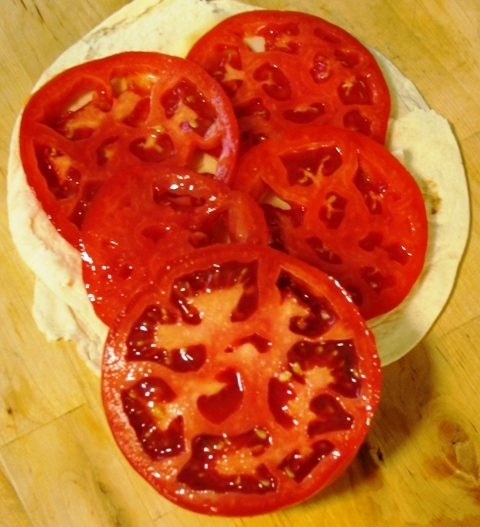Why Your Tomatoes Are Not Producing Fruit or Not Ripening
June 30, 2009
Frustrated by Tomatoes That Won't Set or Ripen?
I've been getting a lot of questions about this topic lately (right on schedule) so I figured I'd go ahead and devote an entire post to the subject. Now, this post could easily be 10 pages long but I'll do my best to keep it as short and digestible as possible!
In our hot climate in Texas, or similar hot climates, you need to plan on planting two crops of tomatoes: Your summer harvest and fall harvest crops. Depending on where you are in the state, your spring-planted tomatoes will go in the ground some time between the end of February (southern) and late-March (northern). Here in Dallas optimal planting time is right about March 15th, but I find earlier (the last week of February or early March) is better. Just keep some frost cloth on hand for protection.
Your spring planted tomatoes should start producing harvest-able fruit in late May through June and early July depending on the type and variety. Usually the cherry tomatoes will come on first, then Roma types then the big ones Then in late-June through mid-July you'll plant your second round of transplants for fall production. So if you want to do your own tomatoes by seed, you'll start your spring crop by seed indoors late-January through early February, and you can start your second crop by seed in May - usually temps will allow you to direct seed them into the garden in May. Make sense?

Tomato 'Celebrity' slices
PC: Leslie F. Halleck
Fruit development is impacted heavily by temperature, and rapid fluctuations in temperature. If temperatures get too cool, go from cool to very hot too quickly, or plants don't start flowering until it's above 85F degrees day/night average (because you planted them too late) then you'll have poor fruit set or no fruit set at all. Remember that it's night temperatures that are going to really shut you down come June. Poor fruit set can also be a result of poor watering and plants being too dry. To encourage better fruit set you can use Blossom Set, which is a natural plant hormone that helps fruit set even in less than desirable conditions. It's not a cure all, and when it's 103 and 95 at night don't waste your money. Use it earlier in the season to get fruit set as early as possible. You can also use Blossom Set to help improve earlier yield on cucumbers, melons, eggplants, strawberries, and peppers. (you can also shake your tomato plants everyday to improve pollination, especially if you don't have bees visiting your garden).
So say your plants have set fruit properly and now they are just sitting there green. Usually, a tomato fruit will spend 40-50 days in it's "immature green" stage. Then it will begin to ripen and it's called "mature green". The optimum temperature for tomato ripening is 68-77 F degrees (yeah, we don't see that in summer in Texas!). And the proper production of ethylene. The further temperatures stray from that optimum, be it cooler or warmer, the more the ripening process is disrupted. When this continues for extended periods of time it can totally shut down the ripening process. So Jim, yes, when it's above 100 F degrees for a while, your green tomatoes may just sit there green. Also, tomatoes don't produce lycopene and carotene (the pigments that make the final ripe color of the fruit) when temps get above 85 F degrees average. So it's a double whammy.
Often when you get a break from super high temps, the fruit set or ripening process will re-trigger and fruit will start to color up. Sometimes what I will do though if it looks they are just going to sit there green until they fall off the plant is to go ahead and harvest them (if they are mature size) bring them inside and set them in a bowl with a banana. The ethylene put off by the ripening banana will go ahead and trigger the fruit to ripen. Then I pull out those spring planted tomato plants and plant my fall crop. This is what I do with all my green fall tomatoes that are still on the plant but we're scheduled for a hard freeze in November. I pick bowls and bowls of green tomatoes and bring them inside. They'll spend the next couple of months ripening indoors and I get fresh tomatoes all winter!
Also remember that there are many different factors in addition that contribute to a successful tomato crop. Proper water management is crucial as well as disease and pest control.

